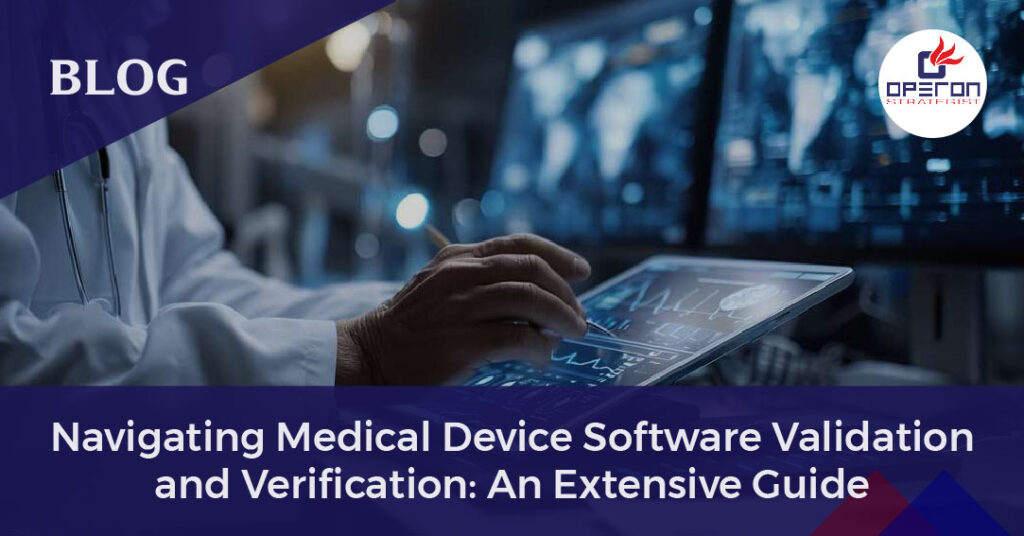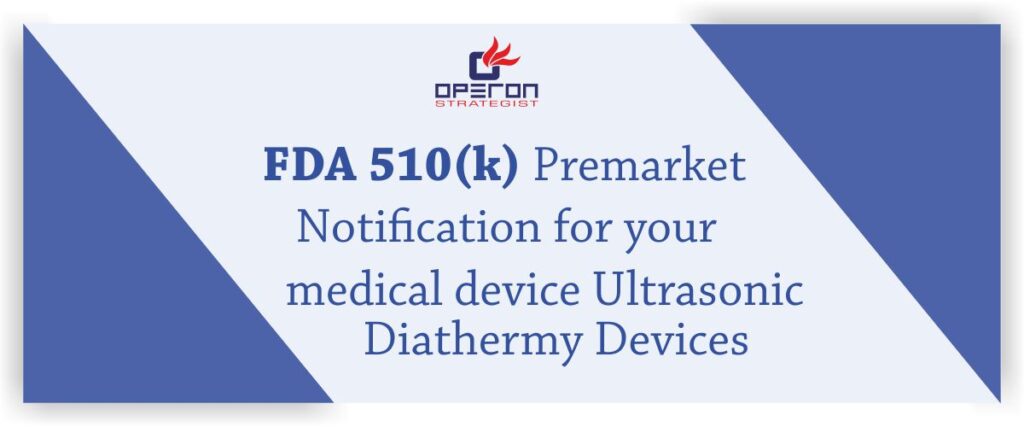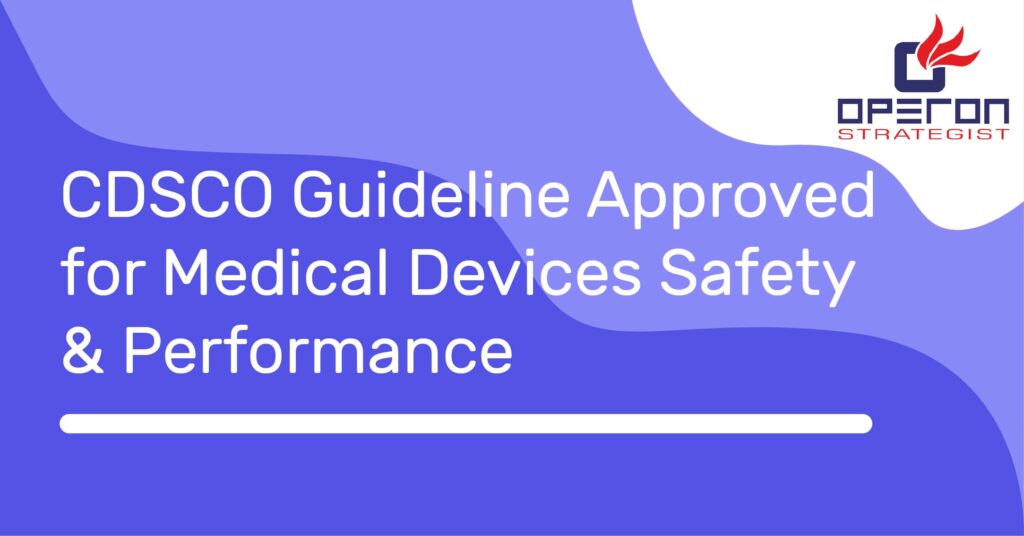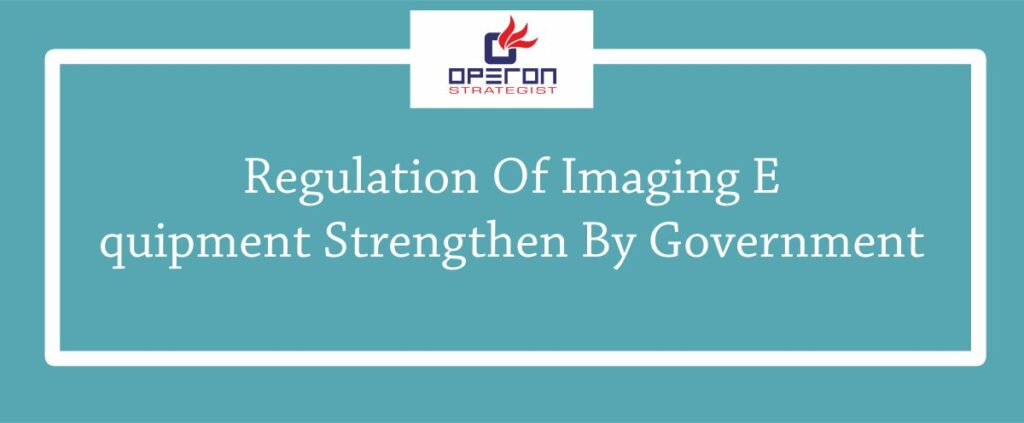Introduction to Navigating Medical Device Software Validation and Verification
Medical devices play a crucial role in diagnosis, treatment, and patient care. These devices often rely on sophisticated software to function effectively, making software validation and verification a critical aspect of ensuring their safety, reliability, and compliance with regulatory standards. In this article, we’ll explore the importance of validating and verifying medical device software and delve into the process’s integral to this crucial aspect of product development.
Read more about Global Regulations for Software as Medical Device
Looking For a Medical Device Regulatory Consultant?
Understanding Medical Device Software Validation and Verification
Medical device software validation and verification encompasses a series of systematic activities conducted throughout the software development lifecycle to confirm that the software meets specified requirements, functions as intended, and complies with regulatory requirements. It involves two key processes:
What do you mean by Medical Device Software Validation?
Validation: Validation ensures that the software meets the user’s needs and intended use, operates within the specified environment, and satisfies regulatory requirements. It involves assessing whether the software fulfills its intended purpose and delivers the expected outcomes for patient care, safety, and efficacy.
What is Medical Device Software Verification?
Verification: Verification confirms that the software adheres to predefined specifications and requirements. It involves reviewing and testing the software to identify and rectify any discrepancies or defects, ensuring that the software functions correctly and reliably.
Better Insights For ISO 13485: 2016 Software Validation Requirements
Importance of Software Validation and Verification in Regulatory Approval for Software as a Medical Device
Software validation and verification are integral components of regulatory approval for Software as a Medical Device (SaMD) due to several key reasons:
- Patient Safety: SaMD directly impacts patient health and safety. Proper validation and verification ensure that the software performs as intended, minimizing the risk of errors or malfunctions that could harm patients.
- Product Efficacy: Regulatory bodies require evidence that SaMD functions effectively in diagnosing, treating, or managing medical conditions. Validation and verification demonstrate that the software achieves its intended purpose accurately and reliably.
- Regulatory Compliance: Regulatory agencies such as the FDA and EU MDR mandate validation and verification as part of the regulatory submission process for SaMD. Compliance with these requirements is necessary to obtain market approval and ensure ongoing regulatory compliance.
- Risk Management: SaMD often involves complex algorithms and data processing, posing inherent risks if not properly validated and verified. Rigorous testing helps identify and mitigate risks associated with software functionality, data accuracy, and user interaction.
- Quality Assurance: Validation and verification processes contribute to the overall quality of SaMD by identifying defects, inconsistencies, and areas for improvement. This ensures that the software meets quality standards and delivers a positive user experience.
- Confidence and Trust: Regulatory approval supported by robust validation and verification instills confidence in healthcare providers, patients, and regulatory authorities regarding the safety, efficacy, and reliability of the SaMD. This trust is essential for widespread adoption and acceptance of the technology.
Software validation and verification are critical for regulatory approval of SaMD as they validate the software’s safety, efficacy, and quality, ensure compliance with regulatory requirements, manage risks, and build confidence among stakeholders.
On What Aspects Do Verification & Validation Apply?
The verification & validation apply to design, software, product, or process.
Medical Device Verification Phases:
The verification process encompasses numerous tests and trials. It involves confirming that design outputs align with design inputs. This process is divided into three primary phases:
- Testing
- Inspections
- Analyses
Key Processes in Medical Device Software Validation and Verification
Effective medical device software validation and verification requires a structured approach and adherence to best practices. Here are some key processes involved in validation and verification:
- Requirements Analysis: Define and document clear, unambiguous requirements for the software, including functional, performance, and regulatory requirements.
- Test Planning: Develop a comprehensive test plan outlining the objectives, scope, approach, and resources required for testing activities.
- Verification Testing: Conduct testing to verify that the software meets specified requirements and functions correctly under various conditions.
- Validation Testing: Perform validation testing to confirm that the software meets user needs, operates as intended, and delivers the expected outcomes.
- Documentation and Reporting: Document all validation and verification activities, findings, and outcomes in a detailed report to demonstrate compliance with regulatory requirements and facilitate regulatory submissions.
Conclusion
Medical device software validation and verification are essential processes that enable developers to mitigate risks, ensure regulatory compliance, and deliver safe and effective products to patients and healthcare providers. By adhering to rigorous validation and verification practices and leveraging advanced testing methodologies, developers can enhance the reliability, performance, and usability of medical device software, ultimately improving patient outcomes and advancing healthcare delivery.
Get Expert Consulting Solutions for Medical Device Regulatory Compliance
Role of Operon Strategist
Operon Strategist, we play a pivotal role in guiding and supporting medical device and IVDs manufacturers and exporters through the intricate process of software validation and verification, ultimately contributing to the delivery of safe, effective, and regulatory-compliant medical devices and IVDs to market.

-
Operon Strategisthttps://operonstrategist.com/author/snehal/
-
Operon Strategisthttps://operonstrategist.com/author/snehal/
-
Operon Strategisthttps://operonstrategist.com/author/snehal/
-
Operon Strategisthttps://operonstrategist.com/author/snehal/




